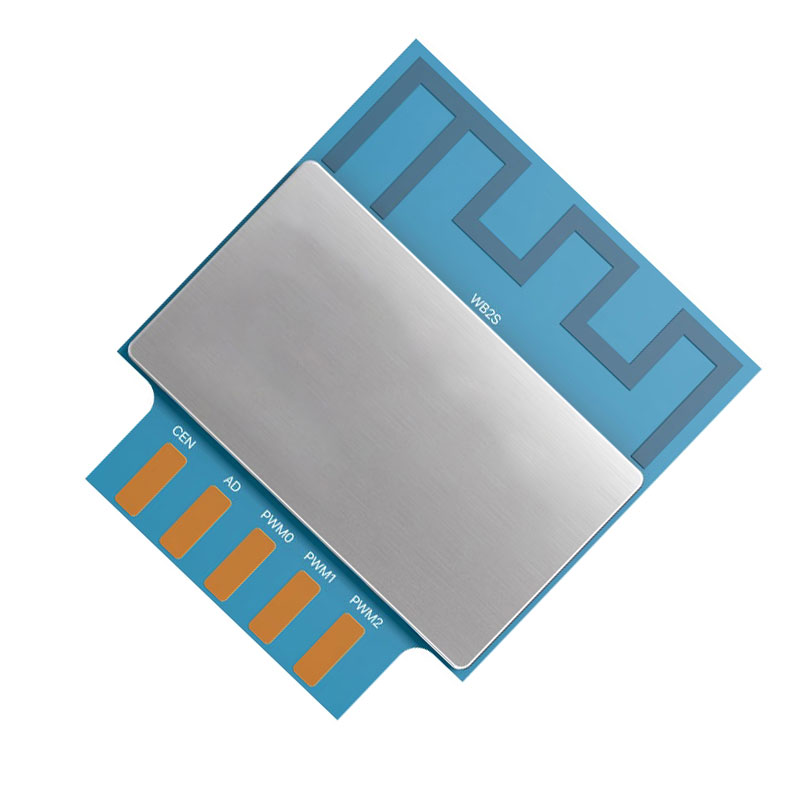The Internet of Things (IoT) is a term used to describe the interconnected system of physical devices, vehicles, buildings, and other items that are embedded with technology, enabling them to collect and exchange data. An IoT module is an electronic component that forms the foundation of IoT devices, enabling them to connect to the internet and communicate with other devices. In this article, we will discuss the various components of an IoT module.
1. Processor: The processor is the brain of the IoT module. It is responsible for running the operating system, applications, and communication protocols. It also manages the processing and analysis of data collected from sensors.
2. Memory: Memory is used by the processor to store data and programs. It includes both random access memory (RAM) and read-only memory (ROM). The amount of memory required depends on the complexity of the IoT application.
3. Sensors: Sensors are used to collect data related to temperature, humidity, light, sound, motion, and other environmental factors. They are essential for monitoring physical conditions and providing real-time feedback to the IoT system.
4. Communication Interface: The communication interface is the channel used to transmit data between the IoT module and other devices. It includes wired interfaces like Ethernet and serial ports, as well as wireless interfaces like Wi-Fi, Bluetooth, and cellular networks.
5. Power Management: Power management refers to the management of the power supply used by the IoT module. It includes battery management, power-saving modes, and other techniques to reduce power consumption.
6. Security: Security is a critical component of IoT modules. It includes encryption, authentication, and other techniques to protect data and prevent unauthorized access.
7. Operating System: An operating system is required to run applications on the IoT module. It provides a platform for programming and managing the IoT system.
8. Software Stacks: Software stacks include communication protocols, drivers, libraries, and other components required to operate the IoT module. They provide a framework for the development of IoT software and applications.
In conclusion, an IoT module is a complex system that requires many components to operate efficiently. The processor, memory, sensors, communication interface, power management, security, operating system, and software stacks are all essential components of an IoT module. Understanding the function of each component and their interactions is critical for developing effective IoT systems.


 Trolink Joint With Tuya to Make Iot Benefit Every Family
Trolink Joint With Tuya to Make Iot Benefit Every Family
 WiFi モジュールを選択するために知っておくべき 5 つの主要な指標 !
WiFi モジュールを選択するために知っておくべき 5 つの主要な指標 !
 IOTモジュールはスマート製品の頭脳です
IOTモジュールはスマート製品の頭脳です
 What is the signal coverage range of the WiFi module chip?
What is the signal coverage range of the WiFi module chip?